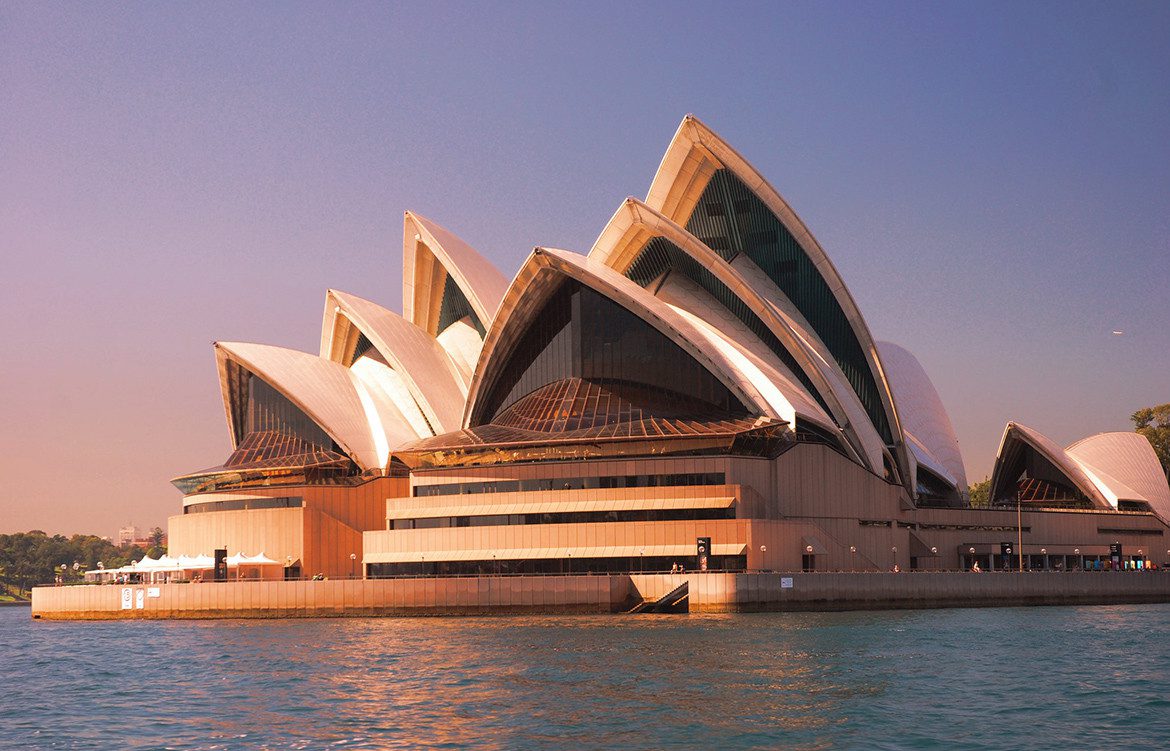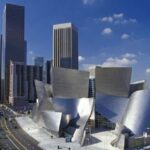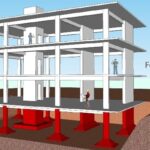Exploring the World of Modern Architecture
“Modern architecture ” refers to building created and constructed in accordance with the social, aesthetic, and cultural mindset known as Modernism. It placed a strong focus on experimenting, rejecting established “rules,”and promoting freedom of expression in music, art, literature, and architecture. The 20th century saw the birth of the Modern Movement in architecture. This resulted in a perfect storm that made way for a new design period in architecture.
Pillars behind the ideology:
Functionalism: Functionality is at the core of modern architecture. Buildings are designed to serve their intended purposes efficiently and effectively. The form of a structure is a direct result of its function, with a minimalistic approach to design.
Simplicity and Minimalism: Modern architecture embraces simplicity and minimalism, often characterized by clean lines, open spaces, and a reduction of ornamentation. The mantra ” less is more ” is a guiding principle, emphasizing the removal of unnecessary elements.
Integration with Nature: Modern architects aim to harmonize their designs with nature. This includes designing buildings that complement their surroundings, incorporating green spaces, and blurring the lines between indoor and outdoor spaces.
Social Responsibility: Modern architects often consider the social impact of their designs. Concepts like affordable housing, urban planning, and sustainable architecture have gained prominence, reflecting a commitment to improving society through design.
Architect as Artist: Modern architects often see themselves as artists, pushing the boundaries of conventional design to create unique and thought-provoking structures that reflect the spirit of their time.
Innovation and Technology: Modern architecture harnesses technological advancements and materials to push the boundaries of design. Innovations like reinforced concrete, steel frames, and glass curtain walls allowed for new possibilities in construction and design.
The ideology and design tenets of modern architecture are collectively shaped by these pillars, leaving a lasting impression on the built environment that affects not only how buildings are designed but also how we conceptualize space, function, and aesthetics in contemporary society.
Disclaimer: This content is provided solely for your review. Erusu Consultants takes no liability for this article. The reader is advised to form their own opinion. Please consult a Structural Engineer before making any final decisions.






